-
 [email protected]
[email protected]
-
 +86-13605711675
+86-13605711675
 [email protected]
[email protected]
 +86-13605711675
+86-13605711675

As a key device for achieving linear lifting motion in the industrial field, the self-locking function of a worm gear screw lifter is a core feature that ensures safe operation and precise control. This feature does not arise out of thin air, but rather stems from the organic integration of its unique mechanical structure and transmission principles. A deeper understanding of its internal mechanism will help us gain a more comprehensive understanding of the device's operating characteristics.
Structural Foundation of Worm Gear Pairs
The self-locking function of a worm gear screw lifter is primarily based on the unique structural design of the worm gear pair. In this transmission system, the worm is typically a slender spiral, while the worm wheel resembles a helical gear. The tooth surfaces of the two are in line contact, forming a unique meshing mechanism. This structure determines the unidirectional nature of power transmission: the worm can easily drive the worm wheel, while the worm wheel has difficulty driving the worm in the opposite direction. The fundamental reason for this is the worm's small helix angle. When the worm wheel attempts to push the worm in the opposite direction, the normal force generated between the tooth surfaces decomposes into a large axial force component. This force, combined with the friction on the contact surface, prevents the worm from rotating in reverse, laying the structural foundation for the self-locking function. The material combination of the worm wheel and worm also significantly influences this characteristic. Typically, the worm is made of a hard metal, while the worm wheel is made of a tough alloy or composite material. This combination ensures transmission stability and enhances the self-locking effect through a reasonable friction coefficient.
The Self-Locking Synergy of the Thread Pair
In a worm gear screw lifter, the thread pair consisting of the leadscrew and nut is a key component for linear motion conversion and also significantly enhances the self-locking function. For example, the common trapezoidal thread has a precisely calculated thread profile angle, ensuring that the positive pressure between the thread surfaces generates sufficient friction torque. When a lead screw, driven by a worm gear, moves axially, if an external force attempts to force the screw in the opposite direction, the contact between the thread profiles creates a "wedging" effect. The combined effect of the lead angle and the friction coefficient makes the friction required to reverse the movement significantly greater than the driving force, thus preventing the lead screw from rotating in reverse. Furthermore, the machining accuracy of the thread pair also affects the self-locking performance. High-precision thread surfaces ensure uniform contact, preventing abnormal variations in the friction coefficient caused by excessive localized stress, and further ensuring the stability of the self-locking effect.
Dynamic Implementation of the Self-Locking Function
The self-locking function of a worm gear screw lifter is a dynamic mechanical equilibrium process. When the power source rotates the worm, the meshing of the worm teeth transmits torque to the worm gear. The internal thread structure converts the worm gear's rotational motion into axial lifting and lowering motion of the lead screw. At this point, the force acting in the system primarily manifests as driving torque, which overcomes the load's weight and mechanical friction to achieve the equipment's upward or downward movement. When the power source stops, the reverse torque generated by the external load attempts to reverse the lead screw, thereby driving the worm gear in reverse. However, during this process, friction between the worm gear and worm teeth, and between the screw and nut threads, creates a counter-torque. When this torque exceeds the counter-torque generated by the load, the system enters a self-locking state, the screw stops, and the device remains in its current position. This dynamic balance is maintained without the need for additional braking devices, relying entirely on the inherent mechanical properties of the mechanical structure, demonstrating the simplicity and reliability of the design.
Factors Influencing and Optimizing Self-Locking Performance
Although the self-locking function of a worm gear screw elevator is inherently structured, various factors can affect its performance in practice. Temperature fluctuations are a significant factor. When the temperature rises over time, the material's coefficient of friction may change. Thermal expansion of components can also alter the clearance, affecting the self-locking effect. Therefore, elevators used in high-temperature environments require high-temperature-resistant materials and effective heat dissipation design to control temperature fluctuations. Lubrication is also crucial. An appropriate amount of lubricant can reduce friction and wear, but an excessive amount can reduce friction and weaken the self-locking ability. Therefore, the appropriate lubricant type and fill rate must be selected based on the operating conditions. In addition, the load size and operating speed of the equipment must also be controlled within the design range. Overloading or overspeeding may cause self-locking failure or even mechanical failure. By strictly following the operating specifications, the stable performance of the self-locking performance can be effectively guaranteed.
1. What is an NRV Worm Gear Reducer? The NRV worm gear speed reducer is a widely used mechanical device...
View MoreIn the stage of modern industrial precision transmission, Worm Gear Machine Screw Lift has become the cor...
View MoreWhat is worm gear speed reducer A worm gear speed reducer is a reduction transmission device composed of ...
View More1. Introduction to Worm Gear Speed Reducers A worm gear speed reducer is a specialized type of gearbox de...
View More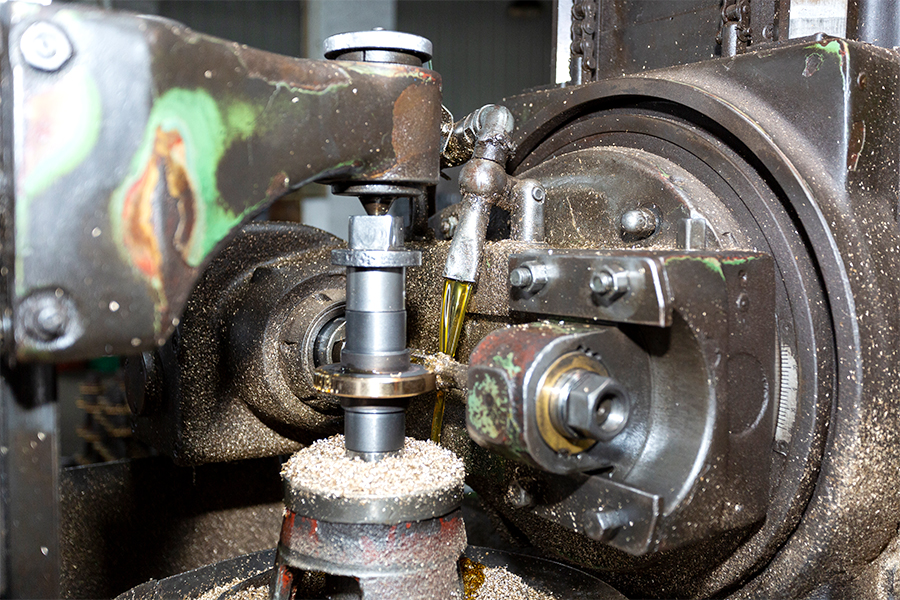
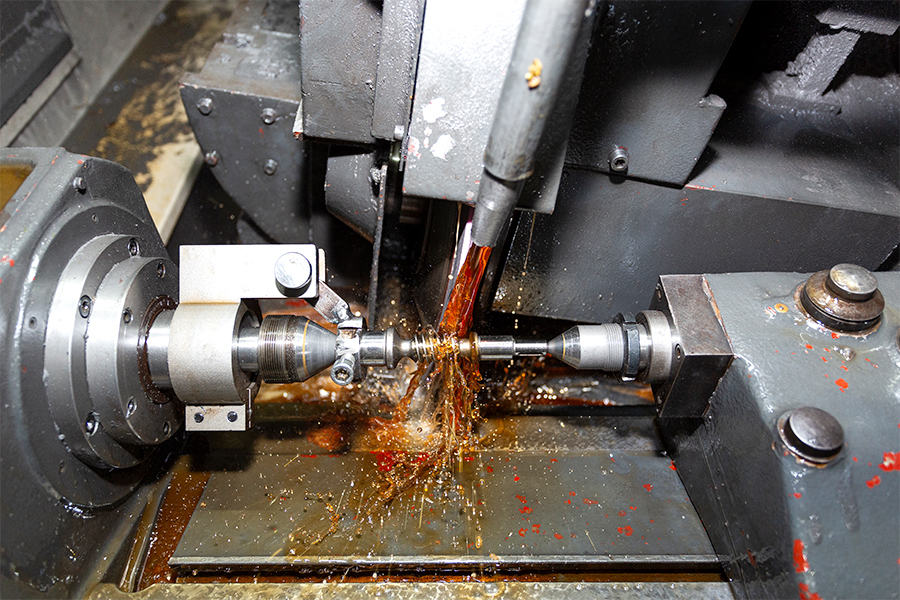
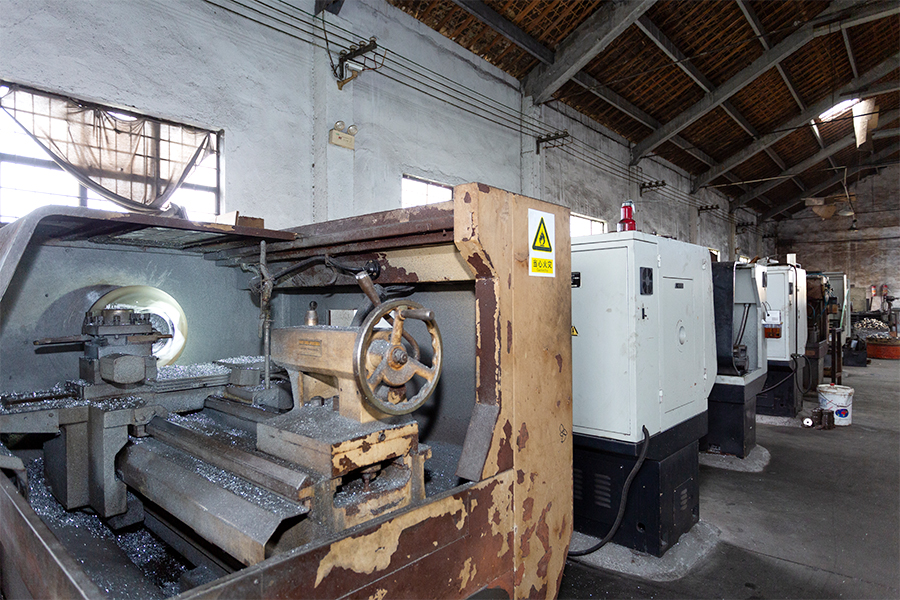
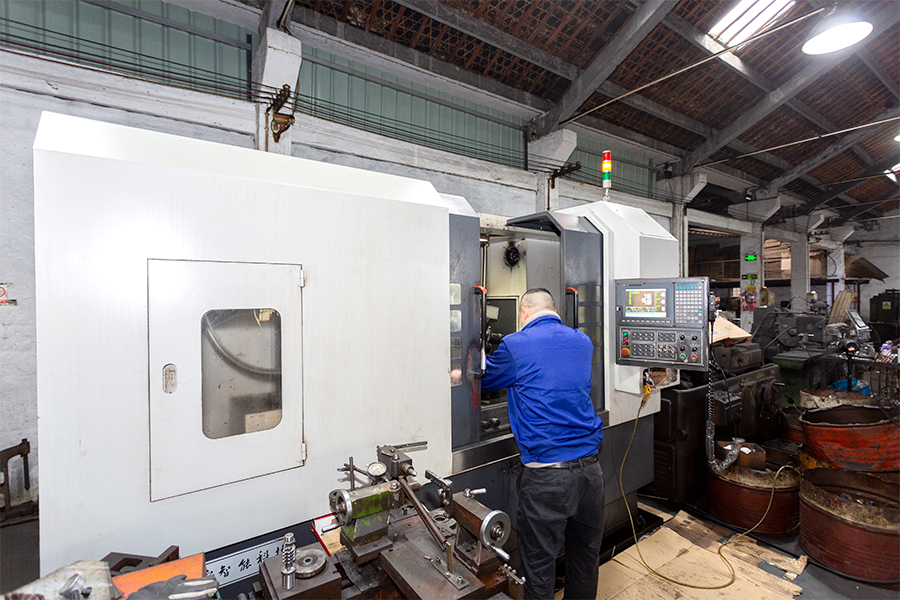
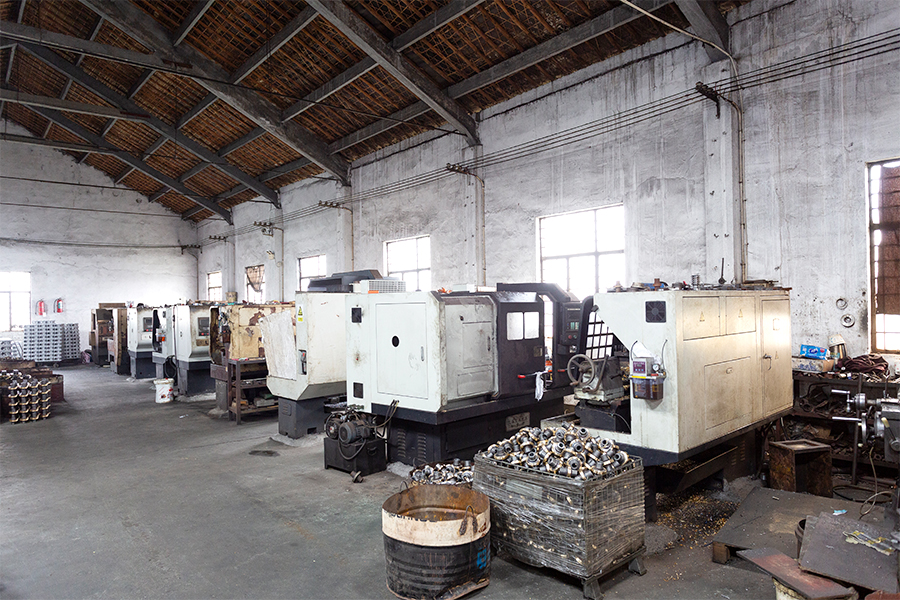
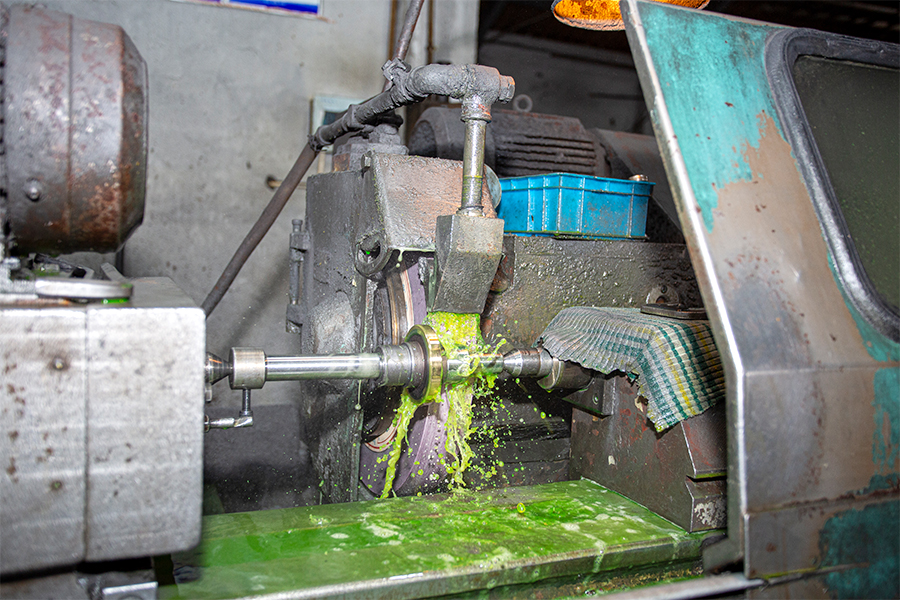
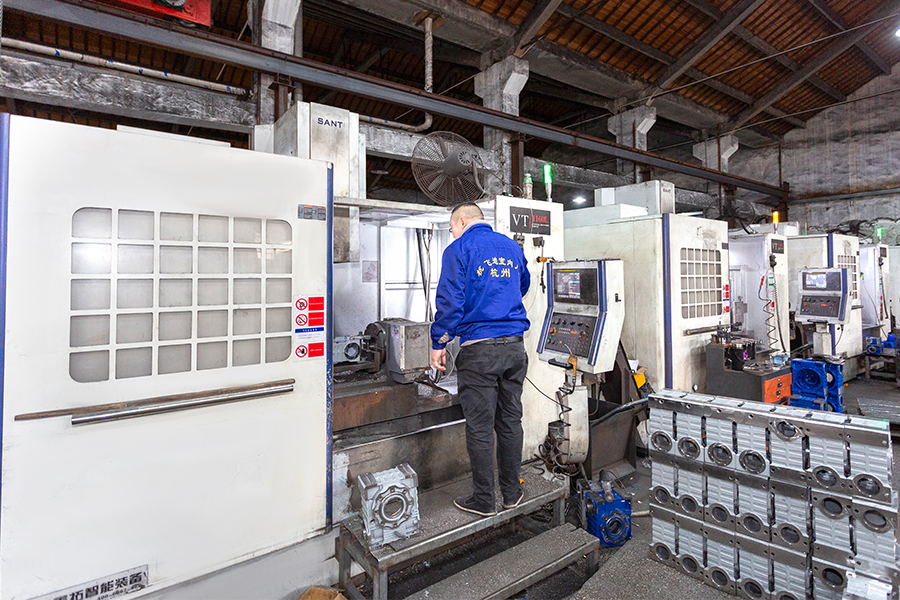
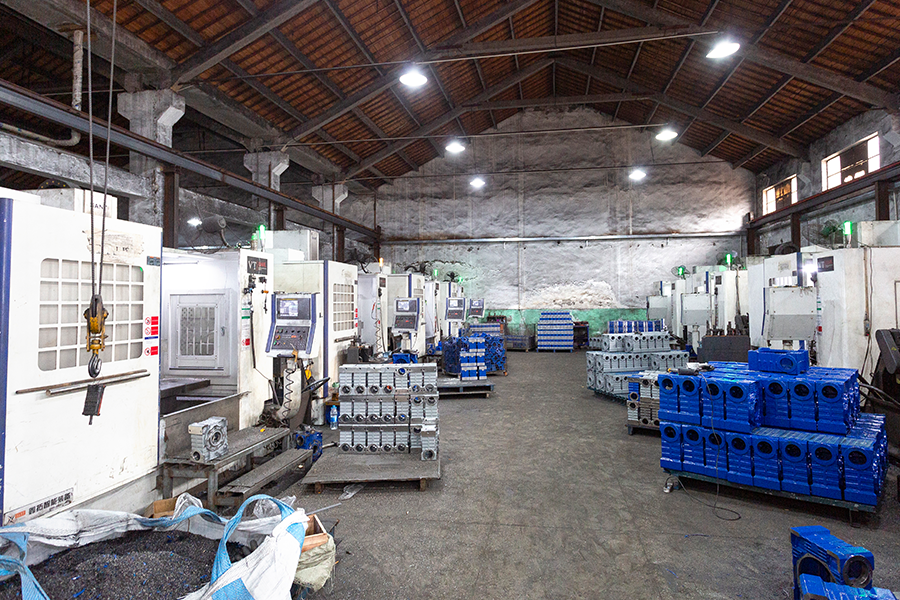
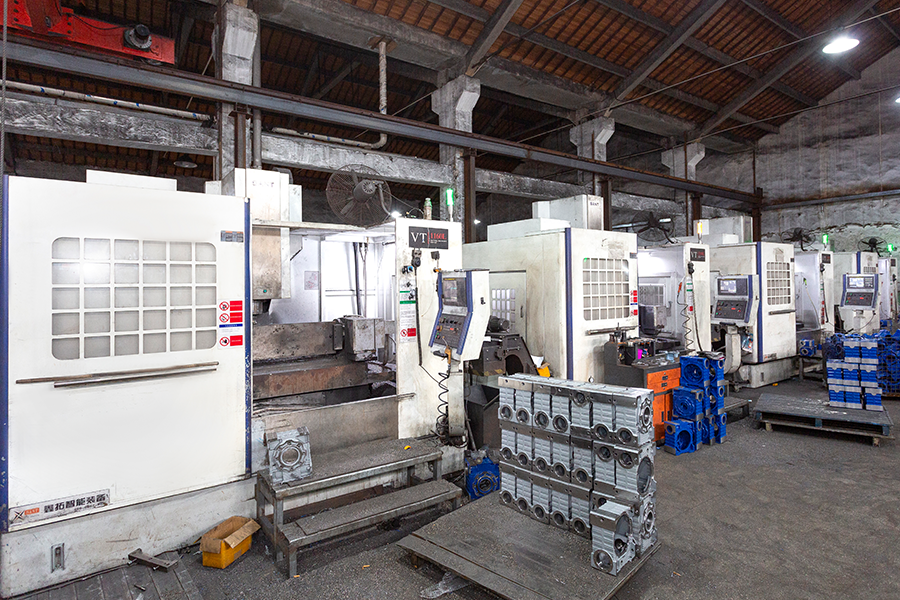
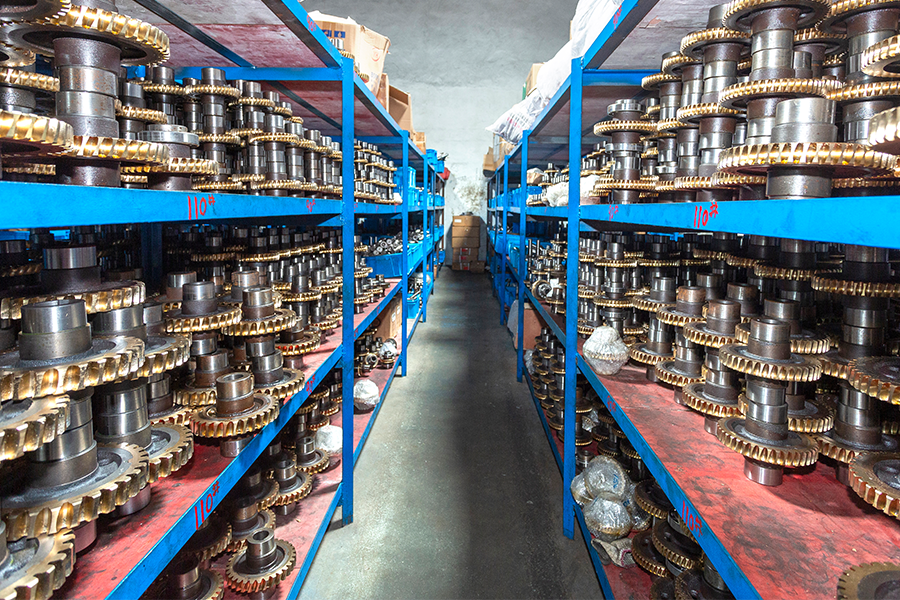
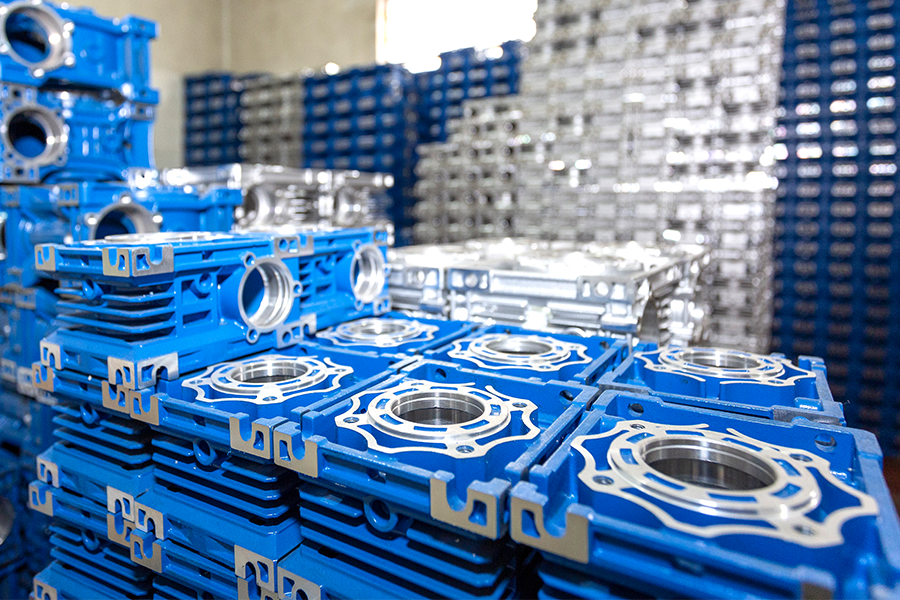
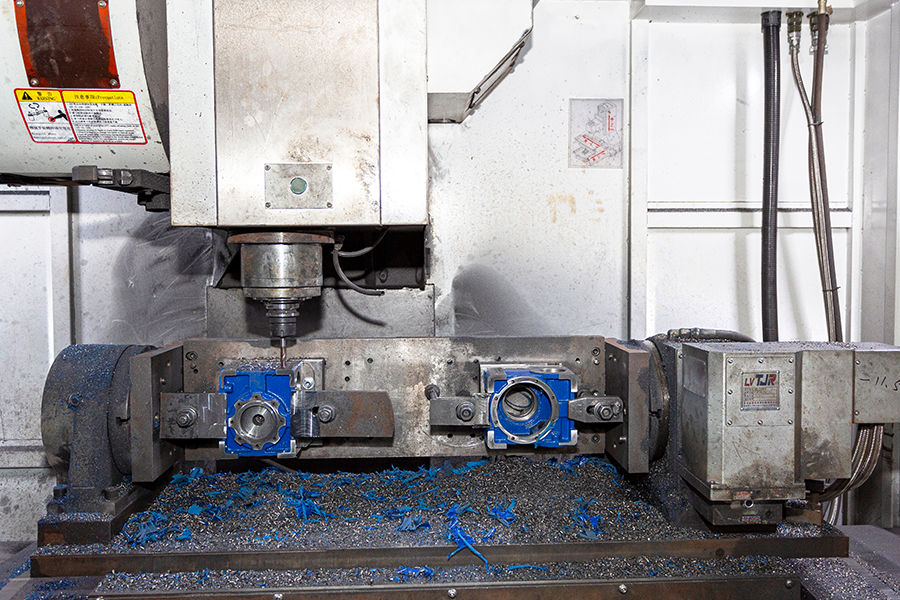
We value your suggestions and questions. If you have any questions about our products and services, please contact us. We will treat you responsibly and reply to your information as soon as possible.

